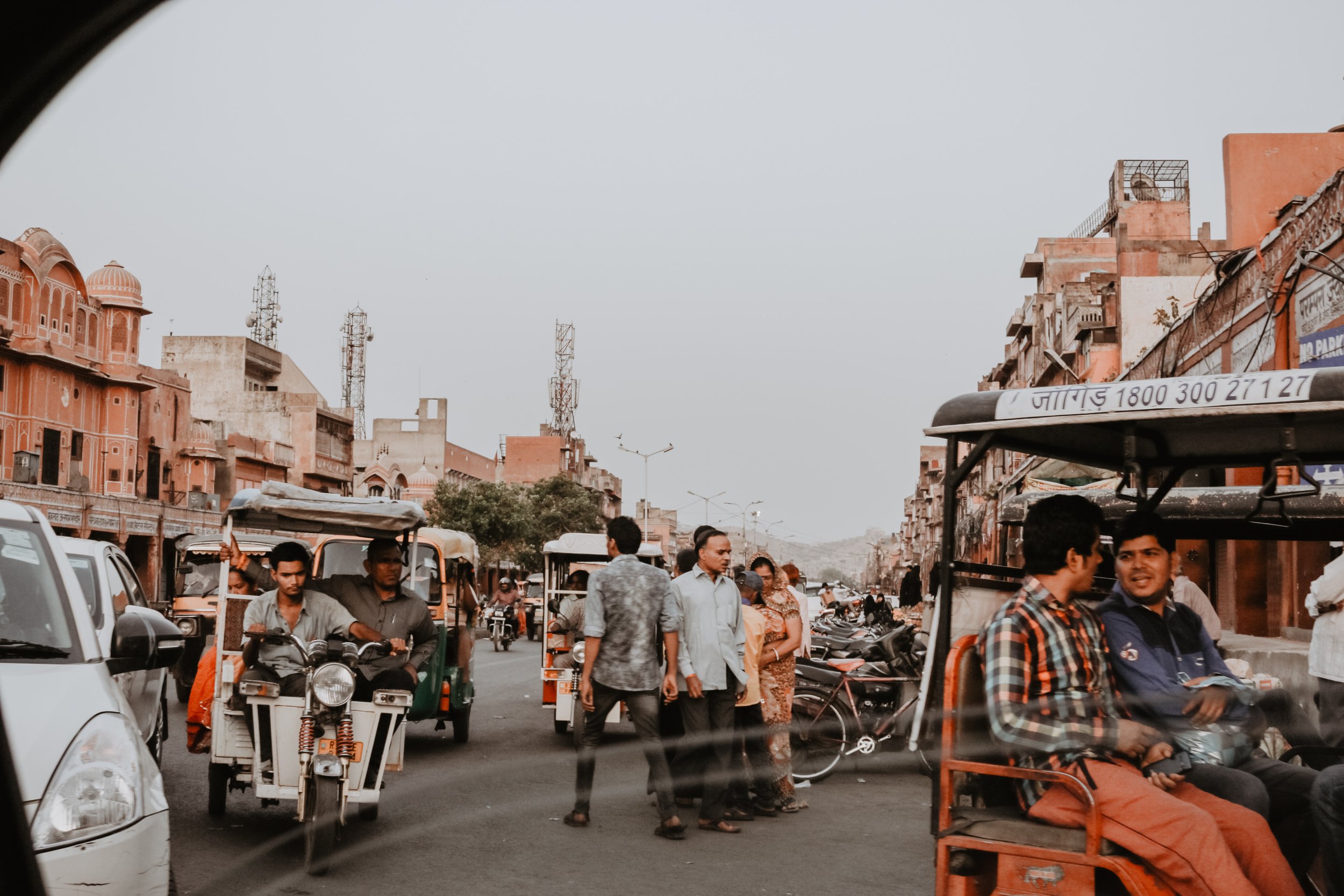
Frequently asked questions.
We’ve collected and answered some of your most common questions about our Sanitree pads and how to care for them!
If you can can’t find the answers you’re looking for, contact us via the links in the footer.
-
Cloth pads are just a reusable version of disposable sanitary pads, saving both plastic waste and money. They can hold about the same amount of liquid as a menstrual cup.
-
Our pads are safer, cheaper and eco-friendly:
Cloth pads are safer than alternatives. Cloth pads offer a hygienic alternative to the rags, husk and other materials currently used by some women. Additionally, plastic pads contain irritating and carcinogenic chemicals which can be harmful for the body and can release toxic gases when disposed of by incinerating incorrectly.
In the long term, cloth pads are much cheaper than disposable alternatives as they can be reused for up to 2 years.
Disposable pads contain the same amount of plastic as 4 plastic bags and contribute to hundreds of thousands of tonnes of waste per year.
Find out more here.
-
The patterned, leakproof side of our pad is worn facing your underwear, and the black, absorbent side faces your body.
The poppers on the wings fasten around your underwear to ensure the pad stays secure.
Click here to find out more.
-
Rinse it, wash it, dry it!
Our pads can be washed by hand or in the washing machine. They should be washed after every use and before first use.
By hand: we recommend soaking the pad in cold water for 20 minutes then hand washing with soap (avoid squeezing or twisting the pad). See How to care for your pad for more information.
In the washing machine: you can wash the pads in any wash up to 40 degrees Celsius, but we recommend washing them at 20 degrees to reduce stains and help limit your CO2 footprint, you can learn more about this here.
To dry the pad, hang it in direct sunlight, preferably on a clothes line.
Fabric softeners/conditioners should not be used as they may damage the leakproof layer. As as alternative, when soaking, you can add a little baking soda, vinegar or lemon juice to help keep your pad soft.
-
Like most disposable pads, our pad usually needs to be changed every 4-6 hours, depending on your flow.
-
We recommend a minimum of 3 pads (as found in our dignity kits), but often people have 6-8, depending on your flow, the frequency of washing and the duration of drying (often dependent on your climate).
-
2 years.
Every pad can be used around 150 times, over the course of 2 years after regular washes.
-
Our pads are made from 1 layer of single-side brushed cotton (dyed with AZO-free dye), five layers of thin, ultra-absorbent, non bleached, organic cotton and one layer of waterproof polyurethane laminate (PUL), with lead-free stainless-steal poppers.
The pads are fully biodegradable once the poppers have been removed.
-
Due to our carefully chosen materials and the inner lining material being black, our pads do not stain. If washed after every use, they will remain in great condition and signs of use will come out in the wash. The one layer of waterproof polyurethane laminate (PUL) provides a protective layer, preventing any leakage.
-
Our Cloth Pantyliner pads have been designed using fabrics that provide minimal thickness whilst offering maximum absorbency.
The Day pads and Night pads are slightly bulkier than our Cloth Pantyliner Pads due to the absorbent materials used being thicker, this extra security gives extra confidence!
-
It’s really easy to change our pads whilst on the go. Due to the reusable carry pouches which we give alongside any purchase of our pads as a freebie, you can keep the pads in a beautifully designed portable pouch. It is discreet and attractive and it keeps your pads separate and clean.
Watch this video to see how the pads and the pouches can be used.
-
The sustainable, natural materials that we use are very absorbent, the five layers of thin, ultra-absorbent, non bleached, organic cotton and one layer of waterproof polyurethane laminate (PUL) - the same material used for umbrellas - provide security and comfortability.
But, just like disposable pads, you’ll need to change your pads dependent on your flow to avoid leaks.
-
The pads are organic and fully biodegradable, once the poppers have been removed (you can do this by hammering them). The pad packets are made from offcuts from the textiles industry. You can find more information about the sustainability of our pads here.

